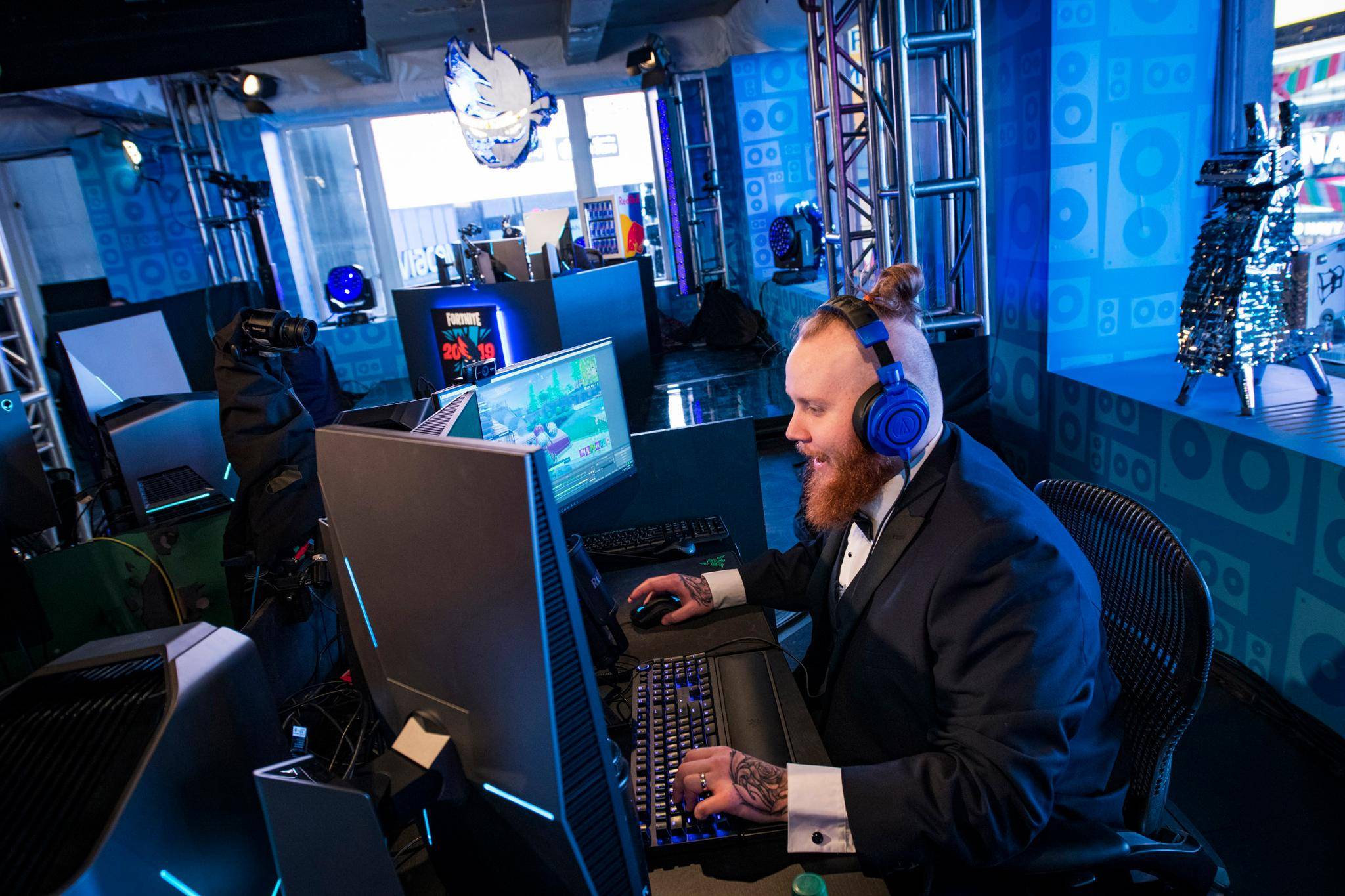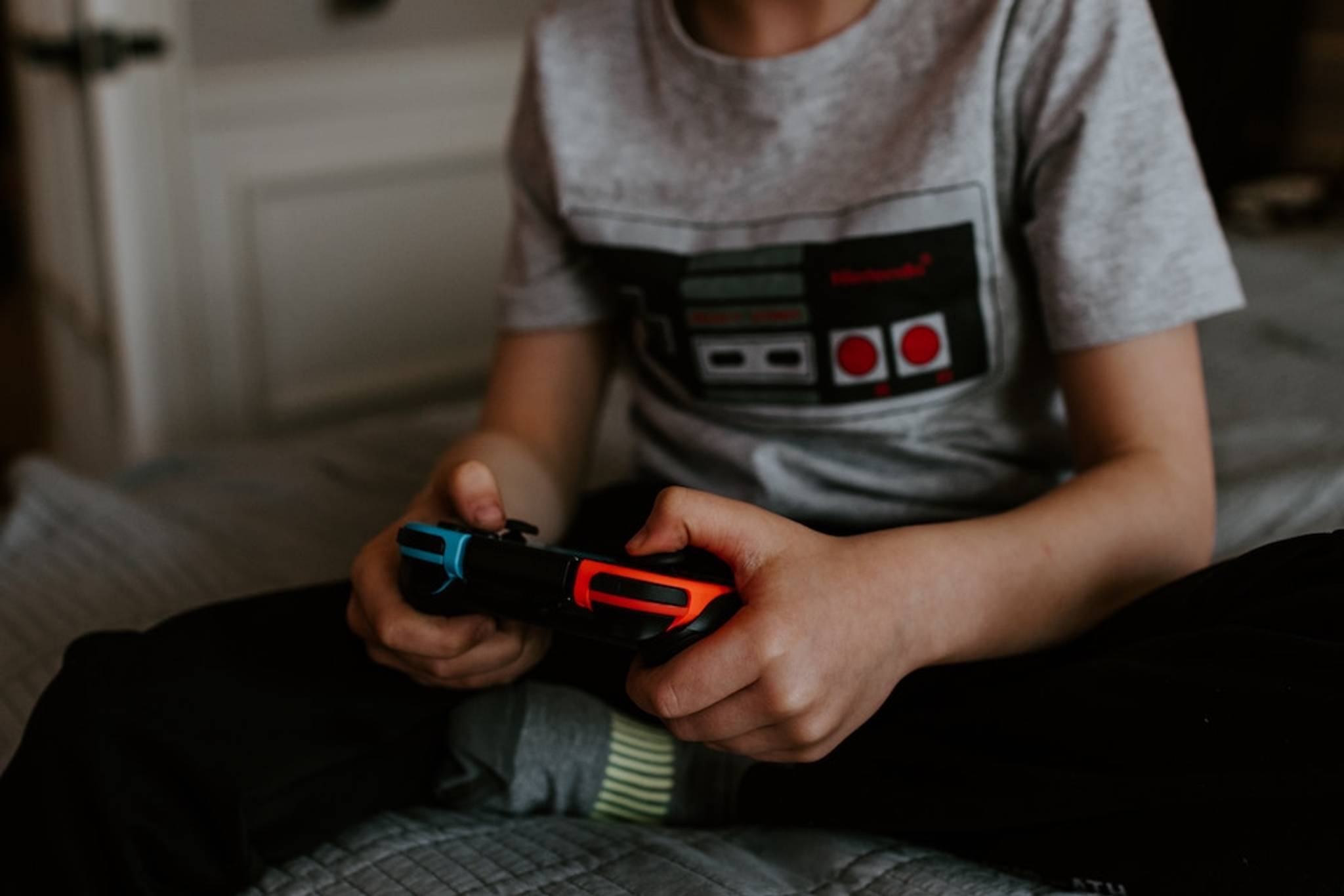
Their cultural idols have braces and they are their own activist heroes; they’re open about their emotions but feel more anxious than any generation before them; they spend almost all of their time online but powerfully mobilise in real life; they’ve been raised by the much-maligned Gen Xers, but Gen Zers are anything but forgettable – enigmatic, empowered, and energised, this cohort is already creating change with their pocket money, so how do brands keep up?
One of the key areas for exploring and understanding Gen Z behaviours is in the gaming space, where their anxiety, curiosity, and entrepreneurial mindset find an outlet through the escapism, community, and self-expression that the gaming world enables. And yes, this definitely goes beyond a bunch of Untitled Goose Game memes. During Canvas8’s event at The Curtain last night, we brought together gaming experts Fran Shergold, community manager at The Irregular Corporation and the games developer who previously worked for Sega and NaturalMotion on mobile games, and Dr. Rob Gallagher, a researcher with Ego Media based at King's College London and author of Videogames, Identity and Digital Subjectivity. Alongside Canvas8’s senior behavioural analyst Hannah Elderfield, the panel dug into the behaviours of a generation shaping the future, and the implications of the space they’re doing it in.
What were the key takeaways?
Community is key
The context: As Fran Shergold explained, the aspect of community that’s present in gaming goes way beyond social media management. For brands within the gaming space, community starts with information – about bug fixes and updates, as well as being visible in the channels where young gamers are interacting. Twitch might be the most major community space – as the brand was keen to emphasise with their latest rebrand – but platforms such as Discord are also massive for social engagement. More than ever, Fran noted, gamers are chatting and sharing tips just as much as they’re actually playing games.
So how does this reflect what we know about Gen Zers already? We know that Gen Zers love socialising in the digital space, and the gaming sphere has fast become a space where young players forge meaningful connections that impact their IRL lives – in fact, 60% of Gen Z Fortnite players say that they are better friends in real life because of lessons learned in the game.
The opportunity: Brands that want to engage Gen Zers in the gaming space need to think beyond traditional concepts of online communities, and instead be present in spaces where players are already active. Medal TV, for example, has recently launched to enable gamers to share their own clips, blending social and gaming behaviours into one powerful offer. And beyond Gen Zers connecting with each other, Rob Gallagher highlighted the opportunity for intergenerational connection, a narrative from the book A Boy Made of Blocks. Here, a father connects with his son through Minecraft, suggesting there’s also scope for brands to bring a community mindset to cross-generational exchanges.

Self-expression is going digital
The context: Growing up in an age of constant connectivity, it’s no surprise that the lines between IRL and URL have blurred for Gen Zers. In fact, 55% say they find social apps and the internet to be better for creativity than offline spaces. Two-thirds of male Gen Zers say gaming is a key component of who they are, so gaming offers a natural forum for Gen Zers to experiment with their identity. This ranges from the avatars they’re creating to how they’re self-authoring narratives via mod versions of games (such as GTA V) to quick creative platforms such as Giphy Arcade. As Hannah Elderfield noted “By giving Gen Z the tools to express their creativity without the need for coding or programming skills, these visuals are becoming part of Gen Zers lexicon and conversation.”
The opportunity: Quoting Joshua Citarella, Dr. Rob Gallagher pointed out that “Gen Zers are collectivist, nihilistic, and interested in identity play.”Brands have already switched on to the power of creative play, with key labels such as Nike and Louis Vuitton entering the gaming space and creating custom skins and clothes for gamers. Meanwhile, creative identity online is also feeding back into the real world. While the rise of cosplay represents one major example, there are also subcultures – e-girls, for example – that have taken gamer culture and manifested it in how they’re dressing IRL. Brands can leverage a gamification mindset outside of the gaming space – Dr. Gallagher flagged how his students are using gamified to-do lists – here, there’s an opportunity to invite the creative and playful mindset of Gen Zera into other areas of life, too.
Gen Zers are escaping to soothe themselves
The context: While gaming might have been traditionally understood as a space to blow off steam with some highfalutin’, shoot-em-up models, today’s Gen Zers are using the gaming space as a break for their overworked and anxious brains. They’re opting for low-key escapism. That’s not to say it’s all niceties – the Untitled Goose Game illustrates that there’s still a desire to misbehave online, but in 2019 frustration gets served without the blood and gore. Gen Zers are also a cohort who want to see real people in the media they consume, and that extends to gaming. They want diverse and representative characters through whom they can roam their imagined worlds.
The opportunity: The real world is scary enough for most Gen Zers, which allows for gaming developers to focus on fantasy – a realm that is often softer and more serene than the real world. Collaborations between Minecraft and Greenpeace illustrate how gaming can be used to help combat anxiety about real-world problems within a more tranquil and controlled environment. This desire for comfortable escapism extends to media more widely, with the rise of nicecore TV – soothing shows such as Joe Pera and Lego Masters have become firm viewer favourites.
India Doyle is commissioning editor at Canvas8, which specializes in behavioral insights and consumer research. She’s covered fashion and culture for leading publications around the globe, tapping into everything from biometric beauty trends to disobedience in architecture. She loves ugly shoes and googling the weather.



